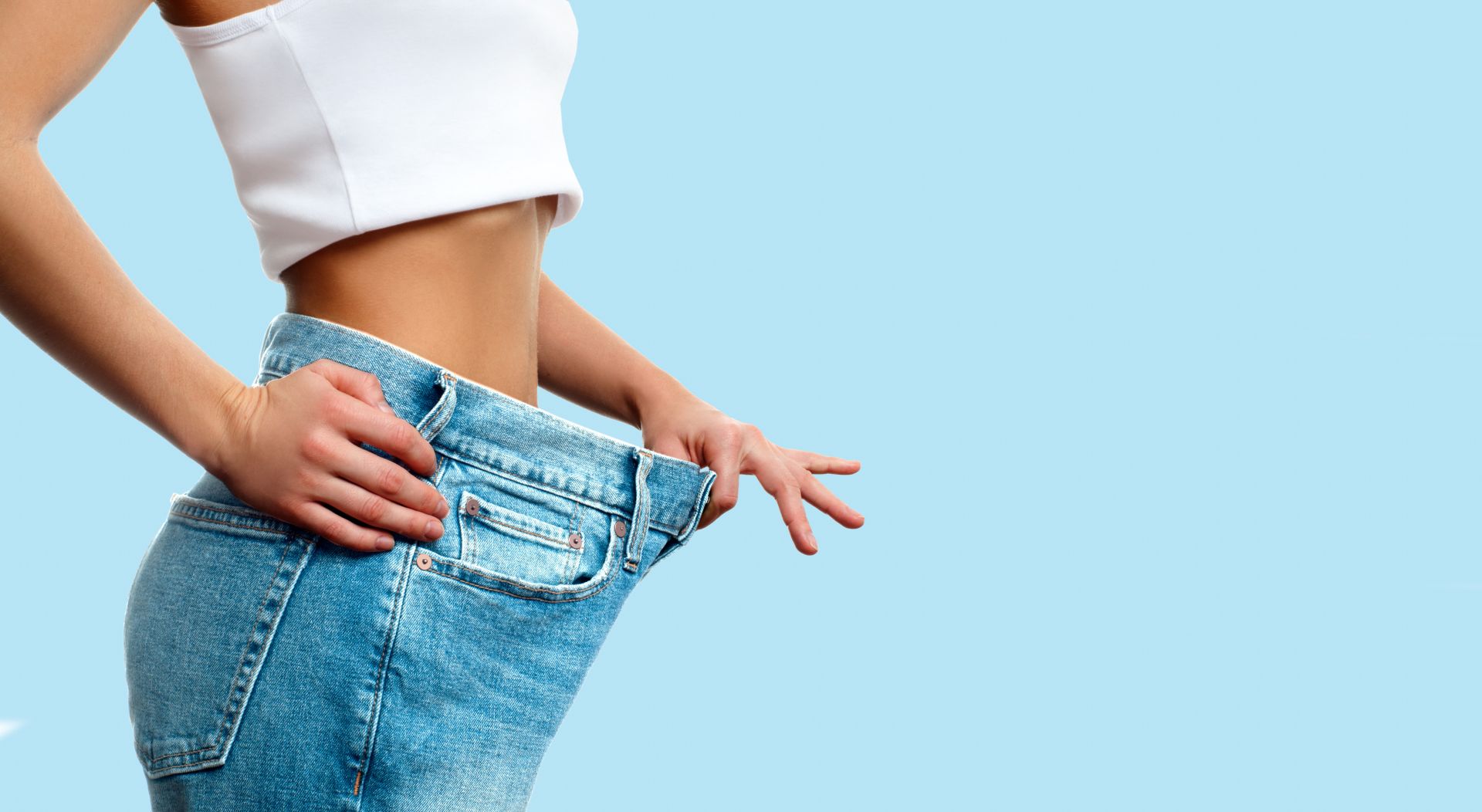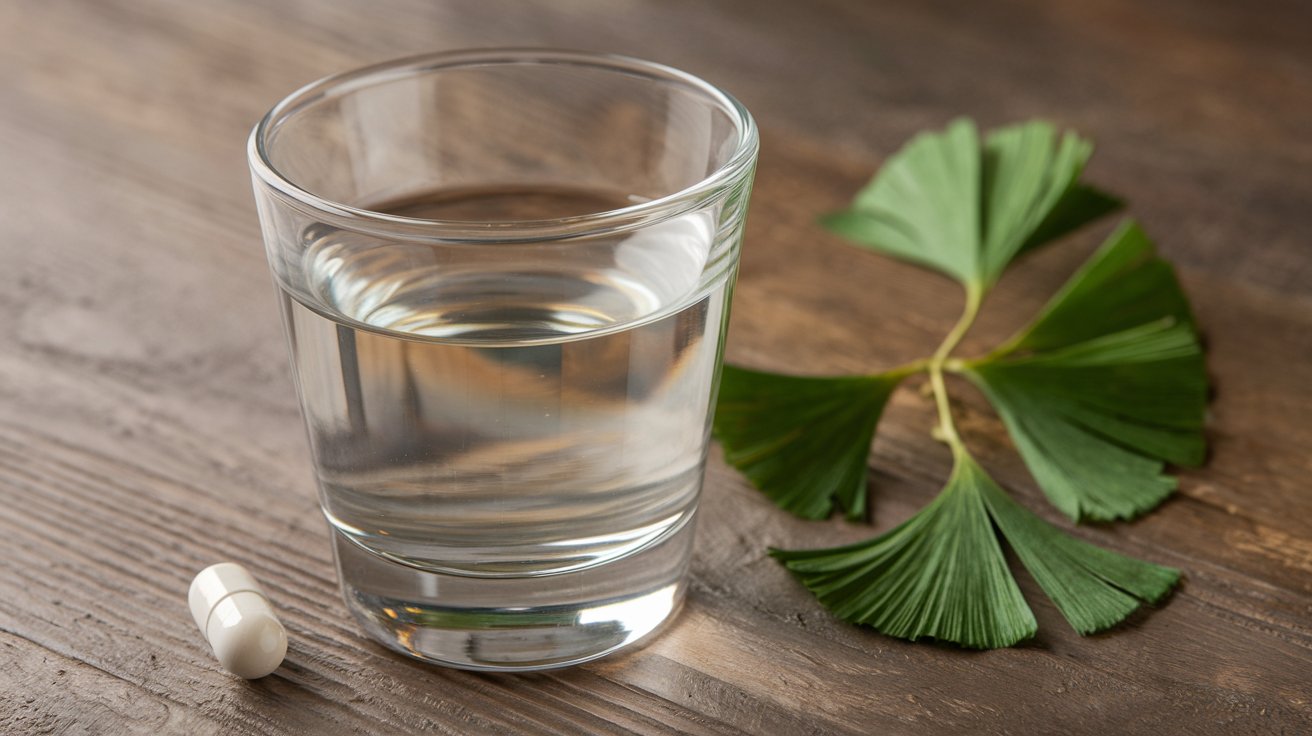Spontaneous activity - why is it important?

Modern lifestyles are increasingly characterized by overeating (i.e., providing too many calories from food) and low physical activity. Sedentary lifestyles and excess dietary caloric intake undoubtedly contribute to the ever-increasing number of overweight and obese people in Western countries. One effective way to counteract the problem of excess body weight is to increase spontaneous physical activity.
- What is spontaneous activity?
- High spontaneous activity protects against obesity
- Spontaneous activity reduces the risk of a wide variety of chronic conditions
- How to increase spontaneous physical activity?
- Taking steps - the easiest way to do spontaneous activity
What is spontaneous activity?
Spontaneous physical activity, also known as NEAT, is nothing more than any activity related to daily life, work and leisure. Spontaneous activity includes any activity necessary for daily functioning, including speaking, writing, gesturing, climbing and descending stairs, standing, stretching, shopping, carrying objects, cleaning, ironing, washing dishes, DIY, walking around the house and office, playing with the child, and walking the dog. Spontaneous physical activity depends on occupation, preferred leisure activities, temperament and need for stimulation, and lifestyle habits. There are large differences between individuals in terms of the amount of calories expended resulting from spontaneous physical activity during the day. It is estimated that people who have sedentary jobs expend an average of about 700 kcal per day, while those who work mainly in a standing position consume twice as many calories, and manual workers expend up to 2,000 kcal per day.
High spontaneous activity protects against obesity
Spontaneous physical activity increases energy expenditure and carries a number of health benefits. Spontaneous activity helps achieve a negative caloric balance, which is absolutely essential in the process of reducing excess body weight. Besides, thanks to spontaneous physical activity, it is definitely easier to maintain a proper body weight in the long term. It is even indicated that the increasing prevalence of overweight and obesity may be partly due to a decrease in spontaneous physical activity, such as standing, walking, fidgeting, or stretching. This means that high levels of spontaneous activity may serve as a protective factor against developing obesity.

Spontaneous activity reduces the risk of a wide variety of chronic conditions
An ever-growing body of scientific evidence indicates that the increasing trend toward sedentary lifestyles plays a major role in the onset of many chronic diseases, including cardiovascular disease, type 2 diabetes and obesity. Reducing the amount of time spent in sedentary activities such as watching TV, browsing on a smartphone, or playing computer games is therefore an important goal for the general population to lose weight and improve cardiometabolic parameters. Studies have shown that spontaneous physical activity contributes to reducing the risk of developing cardiovascular disease, metabolic syndrome and all-cause mortality. A high level of moderate-intensity spontaneous physical activity (such as 60-75 minutes of walking each day) can eliminate the increased mortality risk associated with a sedentary lifestyle.
How to increase spontaneous physical activity?
Fortunately, there are many ways to increase spontaneous physical activity throughout the day. Here are some simple tips on how to do so.
-
Use the stairs instead of the elevator,
-
Park your car a little farther from the front door of the mall or fitness club,
-
Travel by public transportation while standing,
-
Get off the bus or streetcar 1-2 stops earlier and cover that part of the route on foot,
-
Interrupt sedentary work every 30 minutes with a few minutes' walk around the office or apartment,
-
Walk around your apartment or office while on the phone,
-
Walk to the pharmacy, hairdresser, package store or post office instead of using a car to do so,
-
Use a standing desk from time to time,
-
Try using a gym ball instead of a chair sometimes,
-
Go out for a walk regularly.
Taking steps - the easiest way to do spontaneous activity
We already know that spontaneous physical activity is extremely important for maintaining a healthy body weight and good health and well-being. One of the best ways to increase spontaneous physical activity throughout the day is to wear a sports wristband that allows you to measure the number of steps you take. Professional literature reports that people who take at least 10,000 steps each day have a high level of physical activity. Taking 10,000 steps represents a caloric expenditure of about 400 kcal, depending on body weight and walking pace, which, in the perspective of an entire week, amounts to up to 2,800 calories burned. In addition to increasing energy expenditure, taking at least 10,000 steps on a regular basis has a beneficial effect on overall psycho-physical condition and well-being in overweight people with a predominantly sedentary lifestyle.
Sources:
-
Villablanca PA, Alegria JR, Mookadam F, et al: Nonexercise activity thermogenesis in obesity management. Mayo Clin Proc. 2015 Apr;90(4):509-19.
-
Kotz CM, Perez-Leighton CE, Teske JA, et al: Spontaneous Physical Activity Defends Against Obesity. Curr Obes Rep. 2017 Dec;6(4):362-370.
-
Chung N, Park MY, Kim J, et al: Non-exercise activity thermogenesis (NEAT): a component of total daily energy expenditure. J Exerc Nutrition Biochem. 2018 Jun 30;22(2):23-30.
-
Silva AM, Júdice PB, Carraça EV, et al: What is the effect of diet and/or exercise interventions on behavioral compensation in non-exercise physical activity and related energy expenditure of free-living adults? A systematic review. Br J Nutr. 2018 Jun;119(12):1327-1345.
-
Travis KT, Ando T, Stinson EJ, et al: Trends in spontaneous physical activity and energy expenditure among adults in a respiratory chamber, 1985 to 2005. Obesity (Silver Spring). 2022 Mar;30(3):645-654.
-
Rizzato A, Marcolin G, Paoli A.: Non-exercise activity thermogenesis in the workplace: The office is on fire. Front Public Health. 2022 Oct 28;10:1024856.
 ⮜ Previous article
⮜ Previous article
Does meal frequency matter?
 Next article ⮞
Next article ⮞